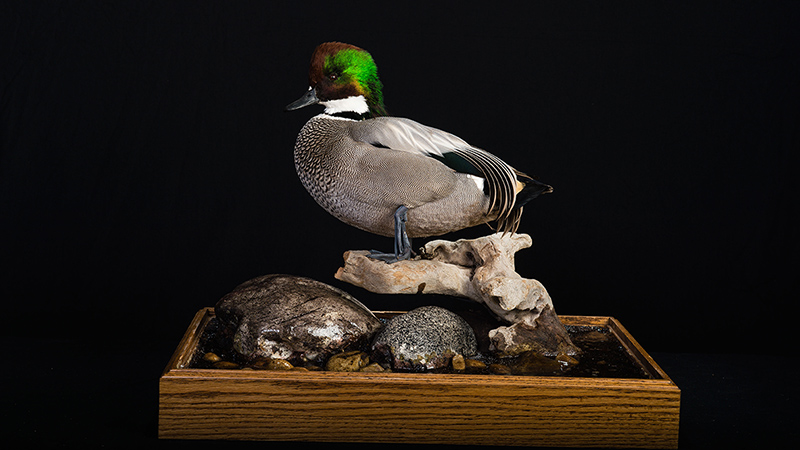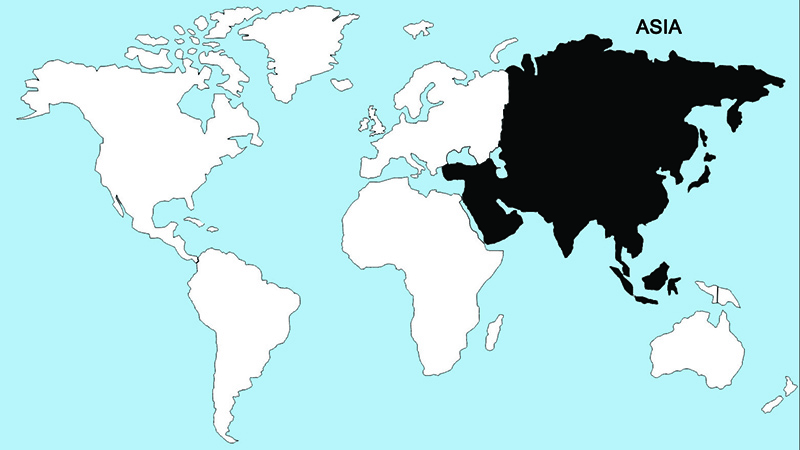Falcated Duck

Falcated ducks are relatively social, and on migration and wintering areas occur in flocks that range from small to fairly large. They reportedly often associate with other species, including gadwalls and presumably other species of Anas, in wintering areas. Pair formation occurs during fall migration, and is obviously seasonal but nonetheless is strong.
Nesting occurs in Russia in May, June, and perhaps early July. The nest is placed in tall grass or small bush cover, usually near lakeshores, but at times as far as 250 feet from the nearest water. The reported clutch range in wild birds is from 6–9 eggs, with eight apparently being the most typical number. The male reportedly remains in the vicinity of the nest for the first half of the brooding period and joins the female during her foraging or rest periods. The incubation period is 24–25 days, with ducklings appearing in Russia as early as mid-June and as late as early August.

Regions Birds Are Found

Collection Location & Year
Russia - Siberia 2002
Taxonomy
| Order | Anseriformes |
|---|---|
| Family | Anatidae |
| Tribe | Anatini |
| Species | Anas |
| Genus | falcata |
Gender
Male
References
- Johnsgard, P. A. 1975a. North American Game Birds of Upland and Shoreline. Lincoln, NE: Univ. of Nebraska Press.
- Johnsgard, P. A. 1978. Ducks, Geese and Swans of the World. Lincoln, NE: Univ. of Nebraska Press.
- Elliot, A., J. del Hoyo, J. Sargatal, and C. Imboden, eds. 1992. Handbook of Birds of the World. Vol. 1 (Ostriches to Ducks). Barcelona, Spain: Lynx Editions.
- Kear, J. 2005. Ducks, Geese and Swans. London, UK: Oxford University Press.